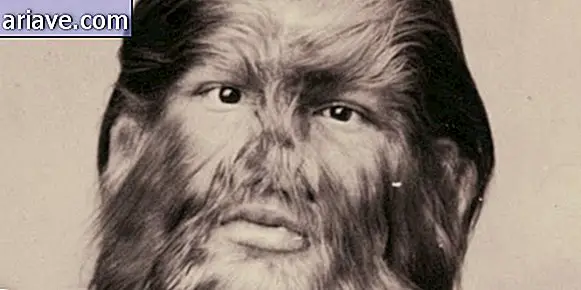This simple exercise will get you rid of your creative blocks.
We have a little favor to ask. Imagine you have two pants and need to think of different ways to wear them. Thought? Now imagine that you are a clown and think of the same question. Then imagine that you are Cher the Xuxa, a diver, a medieval knight who still has to deal with the problem of functionality of the two pants. What comes to your mind?
This exercise was suggested by Reader's Digest and is a way of understanding that imagining ourselves in other people's skin is a simple, very simple way to exercise creativity. The idea is defended by the psychiatrist Srini Pillay, who studies creativity and proposes to find ways to help us think outside the box.
The way we think of creativity also needs to be changed, even because we are used to thinking of people who are creative or not, as if only one thing or the other was possible. If you notice well, everyone is creative at some point in life, in some ways that allow for mental relaxation and lack of judgment.
Open your mind

Dr. Pillay, who is also a professor at Harvard, believes that the key to unlocking our creative reins is not believing in yourself, as we have always heard out there, but believing that you are someone else.
He explains that in a study conducted in 2016 it was possible to demonstrate the impact that stereotypes have on people's behavior. The authors of this research he cites, Denis Dumas and Kevin Dunbar, have proved this by dividing a class of students into three groups.
People should imagine themselves within the key stereotype of the group to which they had been directed. The three groups were eccentric poets, rigid librarians, and control poets.
Afterwards, participants were given common objects such as forks, carrots and trousers, and were urged to find distinct uses for these items. Those who imagined themselves as eccentric poets had the most different ideas; scowling librarians, on the other hand, couldn't be so creative.
Playing to be someone else

Based on this experiment, the researchers stated that creativity is a “malleable product of context and perspective, ” which means that we are all creative, but this creativity arises most when we imagine ourselves in other people's skin.
Dr. Pillay explains that this method works because we can consciously blur the way we see things, encouraging areas of our brain to work differently and seek insights and information that we don't easily access.
Many of our creative ideas are lost because we care so much about how successful we are and how focused we can be. Note that an unfocused person is also unsuccessful, so these concerns are called twins. It is because of them that we do not always let our minds wander in search of creative insights.
Dr. Pillay reminds us that most people spend half a day rambling (and blaming themselves), which is absolutely normal. He advises us to take advantage of these loose thoughts for creativity exercises, wondering how we would act and think if we were different people. Believe me, this is very healthy.
***
Do you know the Mega Curioso newsletter? Weekly, we produce exclusive content for lovers of the biggest curiosities and bizarres of this big world! Register your email and do not miss this way to keep in touch!











